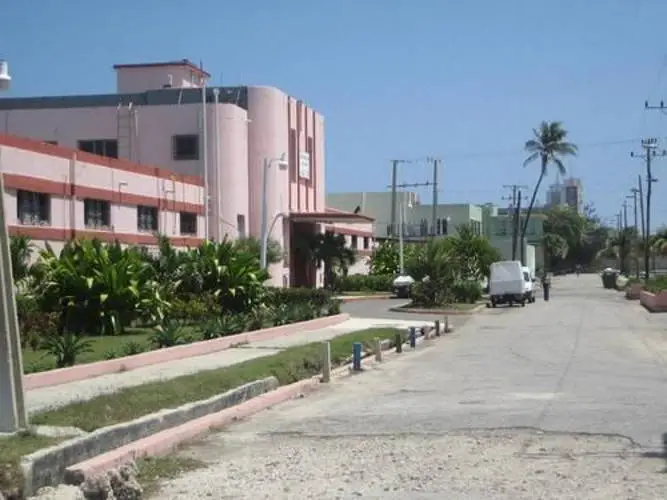The package of reforms and legislative projects that the government of Gustavo Petro continues to arouse criticism and opinions. In recent days, and after the filing of the text of the pension reformthere are several voices that have questioned its fiscal impact, despite the fact that the Treasury has come out to defend its fiscal impact, various analyzes continue to fuel the discussion.
Since last week the Center for Economic Studies Anif launched its alert on how the pillar model proposed by the project could increase the pension liability, close to 110% of GDP“more than double and would come to represent up to 249% of estimated GDP by 2023“, as a Net Present Value (NPV) at 2070.
(‘The opportunity to adjust pension parameters is being lost’).
The Ministry of Finance responded to this, which assured that, on the contrary, the project “can reduce between 7 and 12 percentage points of GDP the present value of the deficits of the contributory and semi-contributory pillars” of the pension system. According to the ministry, with the implementation of the reform, the net present value in 2070 of the deficits could be reduced from 67.5% (in a scenario without reform), to 55.2% of GDP.
This is because of the new resource flows that you will get Colpensions with the reform; also due to the elimination of relatively high pension subsidies and the implementation of a savings fund that allows for responsible management of the pension system’s resources.
Among other analyzes that have been presented Corficolombian delivered a document on the macroeconomic and capital market impact of the pension reform project.
(More subsidy slots open for older adults: steps to apply).
The entity acknowledges that the reform would correct “partially and incompletely” part of the problems of low coverage, inefficiency of public spending and inequity of the current pension system, and highlights the inclusion of elements such as the creation of the Contributive Pillar Savings Fundthe reduction of the threshold of contributions to the average premium component and the moderation of the size of the solidarity pillar.
However, Corficolombiana estimates a drop in the flows of individual savings fund managers, that would go from having net income of $5.9 trillion in 2024 to net outflows of $15.9 trillion as of 2025When would the reform come into force?
(The accounts of the Ministry of Finance on the pension reform).
This setback would occur, according to Corficolombiana’s approach, by a fall of $25 billion in priceswhich would be partially offset by lower commissions and insurance.
“Although our baseline scenario does not assume an increase in transfers, we highlight that this component could be exacerbated depending on the assumption made of the number of contributors who could have transferred to Colpensiones and did not”, indicates the report.
(Labor and pension reforms: the roadmap to complement each other).
Another of the conclusions that Corficolombiana delivered in its analysis is that pension savings in individual accounts would decrease from 24.1% of GDP in 2022 to 14.2% of GDP in 2039. This, according to the entity, “would motivate partial liquidations of the portfolio of the pension fund administrators.”
Although the Savings Fund of the Contributive Pillar would more than proportionally compensate the effect on the TES, the impact on the private debt and equity markets would be negative, according to Corficolombiana estimates.
The Trade Council raises its voice
The unions also presented their position on the projects that the Government is processing today. From the National Trade Councilpreceded by German Arcea letter was issued addressed to the minister ocampo and to Director of National Planning, Jorge Iván González.
In the letter, the unions request the Government “publicize the fiscal impact of the reforms to the Comprehensive Social Security System (Health, Labor and Pension)”, and calculate their fiscal impacts, financing sources and compatibility with the fiscal framework.
(Unions face a ‘broken phone’ in their relationship with the Government).
Among the considerations of the Union Council is that the population that today works formally (42%) of the employed, is the one that makes contributions to health and pension, and that, before “a potential reduction in the number of formally employed as a result of the labor reform”, the contributions could be reduced, which would have an impact on the sources of financing.
In addition, and as has also been expressed Asofondosan association that represents the four private funds, the Trade Council emphasized that the country faces demographic change that affects long-term fiscal sustainability. Therefore, he called for keeping this in mind when planning the reforms.
(‘Lowering labor costs does not overcome informality or increase employment’).
It was also requested to incorporate in the analysis the changes in the dynamics of the labor market, with the inclusion of new economic activities, technological developments and new generations that opt for differential work schemes.
From there, the National Trade Union Council questioned the Government about the “estimates of the fiscal impact of the three reforms simultaneously”, also if concerns about the fiscal impact of the project to the health reform could be included, and the effects of the labor reform on economic growth and development are questioned, as well as on other variables, such as the country’s productivity and competitiveness.
LAURA LUCIA BECERRA ELEJALDE
Journalist Portfolio







